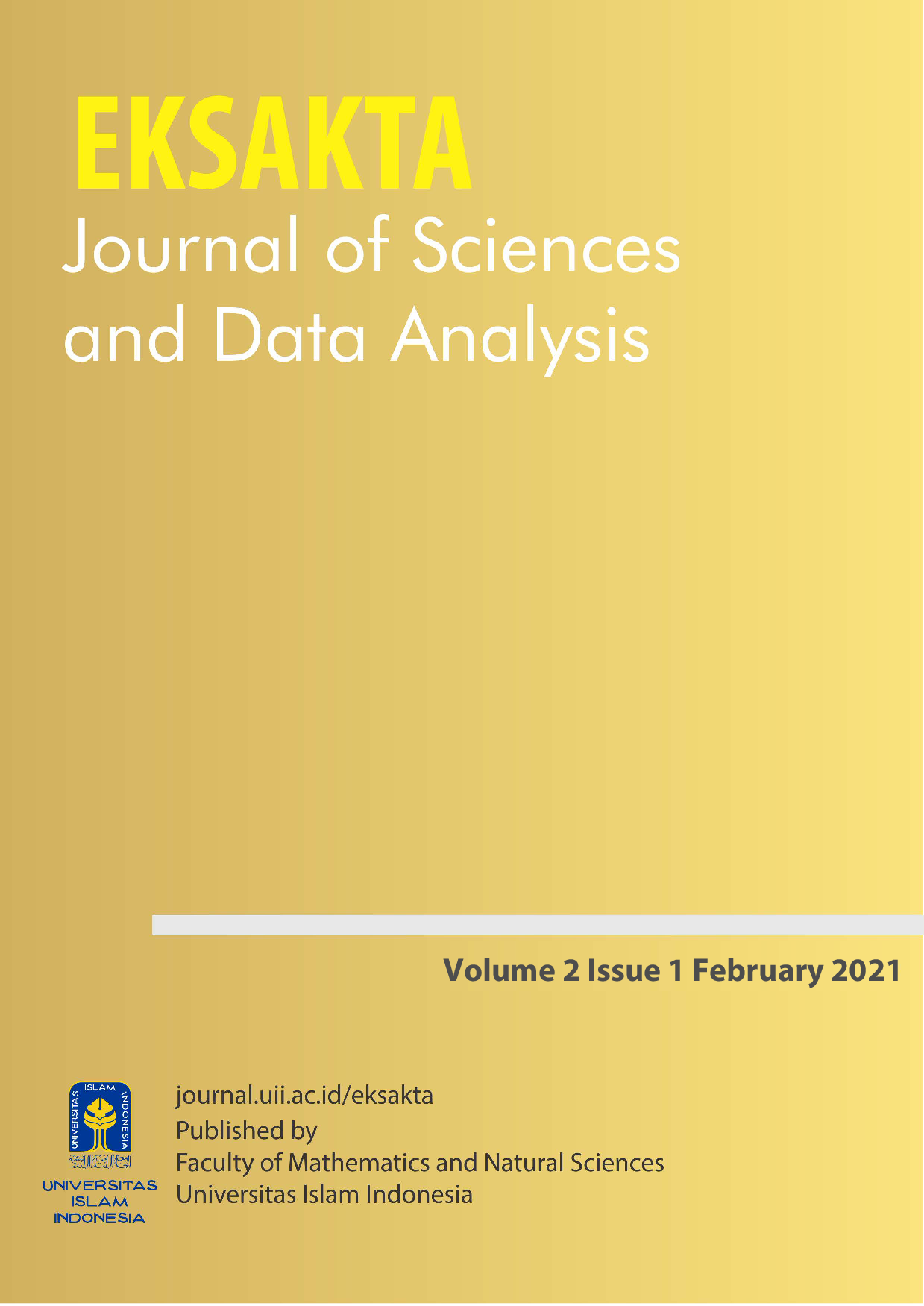Main Article Content
Abstract
Keywords
Article Details
References
- F. Ari, Konsep Data Mining. Universitas Jendral Soedirman. Purwokerto. Indonesia (2011)
- P. M. Eko, Teori Dasar Hidden Markove Model. Bandung. Institut Teknologi Bandung (2010)
- E. Asgarian, M. Kahani and S. Sharifi, The Impact of Sentiment Features on the Sentiment Polarity Classification in Persian Reviews, Cogn Comput 10 (20180 117-135
- L. Biu, Sentiment Analysis and Opinion Mining, Department of Computer Science, Chicago (2012)
- F. Xing and Z. Justin, Sentiment Analysis using Product Review data, North California and State University. USA (2015)
- S. Gupta and S. K. Gupta, Natural language processing in ming unstructured data from software repositories; a review, Sadhana 449244) (2019) 1-17
- S. Rizqon, Perencangan Sistem Analysis Sentimen Masyarakat Pada Sosial Median dan Portal Berita, Yogyakarta: STMIK AMIKOM Yogyakarta (2017)
- R. Chowdhury, P. Ganapathi, V. Pradhan, J. J. Tithi and Y. Xiao, An efficient Cache-oblivious Parallel Viterbi Algorithm, European Conference on Parallel Processing, (2016) 574-587
- P. Li and Q. H. Zhang. IF Estimation of Overlapped Multicomponent Signal Based on Viterbi Algorithm, Circuits, System and Signal Processing, 39 (2020) 3105-3124
- J. Daniel and H. M. James, Speech and Language Processing California University (2019)
- M. Orchard, C.M. Poblete, J.I. Huircan, P. Galeas and H. Rozas, Harvest Stage Recognition and Potential Fruit Damage Indicator for Berreis Based on Hidden Markov Models and the Viterbi Algorithm, Sensors, 19 (20) (2019) 1-16
References
F. Ari, Konsep Data Mining. Universitas Jendral Soedirman. Purwokerto. Indonesia (2011)
P. M. Eko, Teori Dasar Hidden Markove Model. Bandung. Institut Teknologi Bandung (2010)
E. Asgarian, M. Kahani and S. Sharifi, The Impact of Sentiment Features on the Sentiment Polarity Classification in Persian Reviews, Cogn Comput 10 (20180 117-135
L. Biu, Sentiment Analysis and Opinion Mining, Department of Computer Science, Chicago (2012)
F. Xing and Z. Justin, Sentiment Analysis using Product Review data, North California and State University. USA (2015)
S. Gupta and S. K. Gupta, Natural language processing in ming unstructured data from software repositories; a review, Sadhana 449244) (2019) 1-17
S. Rizqon, Perencangan Sistem Analysis Sentimen Masyarakat Pada Sosial Median dan Portal Berita, Yogyakarta: STMIK AMIKOM Yogyakarta (2017)
R. Chowdhury, P. Ganapathi, V. Pradhan, J. J. Tithi and Y. Xiao, An efficient Cache-oblivious Parallel Viterbi Algorithm, European Conference on Parallel Processing, (2016) 574-587
P. Li and Q. H. Zhang. IF Estimation of Overlapped Multicomponent Signal Based on Viterbi Algorithm, Circuits, System and Signal Processing, 39 (2020) 3105-3124
J. Daniel and H. M. James, Speech and Language Processing California University (2019)
M. Orchard, C.M. Poblete, J.I. Huircan, P. Galeas and H. Rozas, Harvest Stage Recognition and Potential Fruit Damage Indicator for Berreis Based on Hidden Markov Models and the Viterbi Algorithm, Sensors, 19 (20) (2019) 1-16




